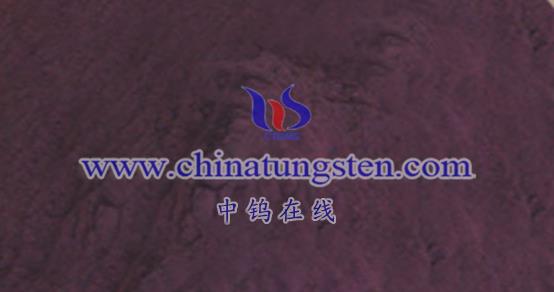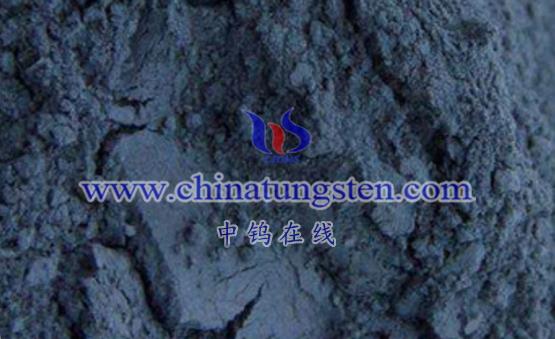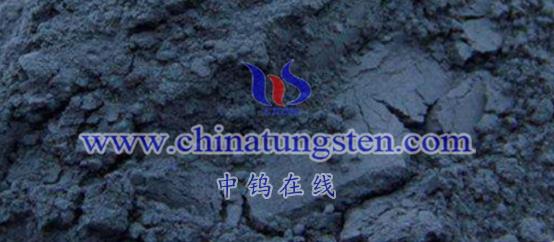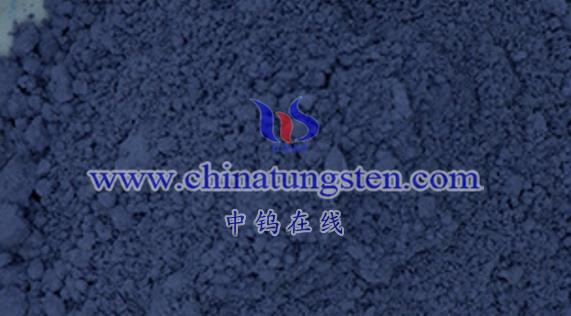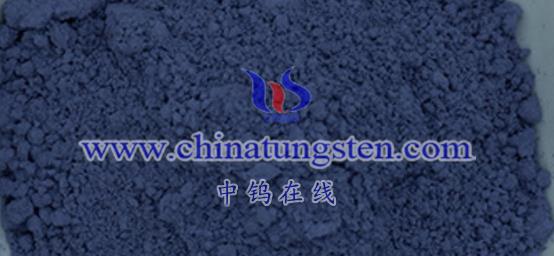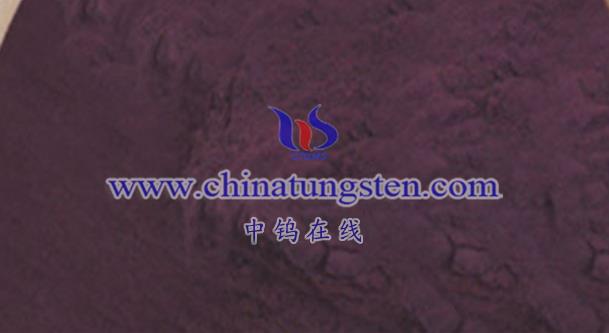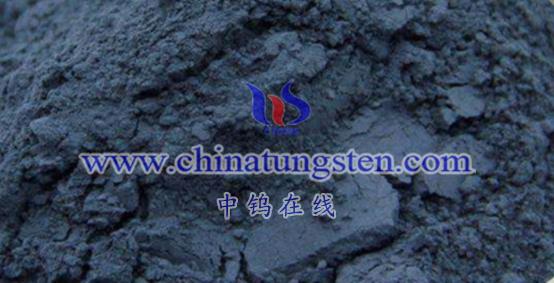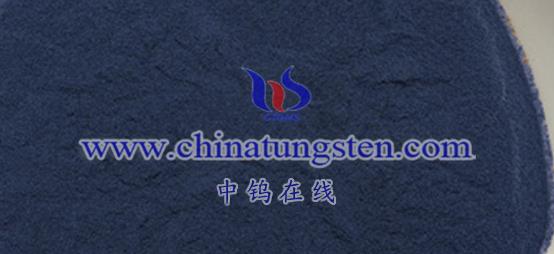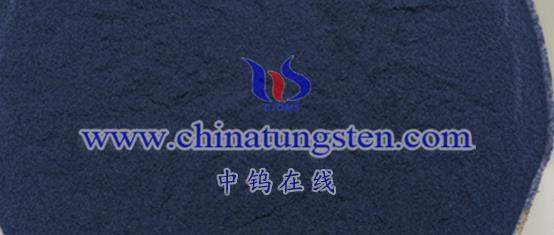
The primary chemical composition of cesium-doped tungsten oxide particles is an oxide of cesium (Cs) and tungsten (W), typically represented by the formula CsxWO3, where x ranges from 0 to 0.33. A common notation for this material is Cs0.33WO3, also known as cesium tungsten bronze or cesium-doped tungsten oxide.
Characteristics of Cesium-Doped Tungsten Oxide Particles
- Color and Morphology
Cesium-doped tungsten oxide particles appear as a deep blue powder and have a unique oxygen-octahedral structure. The particle size is typically at the nanoscale, with variations depending on the synthesis method and intended application. - Physical Properties
- Low Resistivity: The particles exhibit low resistivity.
- Good Dispersibility: Cesium-doped tungsten oxide disperses well in various media.
- Chemical Stability: It is highly stable chemically.
- Loose Bulk Density: Approximately 1.5 g/ml.
- High Specific Surface Area: Around 50 m²/g.
- Optical Properties
Cesium-doped tungsten oxide has strong near-infrared (NIR) and ultraviolet (UV) absorption capabilities, combined with high transparency in the visible light range. These optical properties make it a promising material for infrared absorbers.
Applications of Cesium-Doped Tungsten Oxide Particles
Due to its strong NIR absorption (wavelengths 800-1200 nm) and high transparency in the visible light range (380-780 nm), cesium-doped tungsten oxide nanoparticles are used as infrared absorbers. They have potential to replace conventional indium tin oxide (ITO) conductive glass in applications such as:
- Window Materials: Cesium-doped tungsten oxide can be used in automotive and architectural glass as an effective NIR heat-insulating material, improving energy efficiency.
Production Process of Cesium-Doped Tungsten Oxide Particles
The production of cesium-doped tungsten oxide generally involves these steps:
- Preparation of Solution
Using analytical-grade sodium tungstate (Na2WO4·2H2O) as the starting material, prepare a solution. - Cation Exchange
Obtain tungstic acid sol by cation exchange, then add citric acid and cesium carbonate (Cs2CO3) solutions, stirring to achieve a uniform precursor solution for hydrothermal reaction. - Hydrothermal Reaction
Place the precursor solution in an autoclave for heating and reaction, which generates a precipitate. - Washing and Drying
Wash the precipitate with water and alcohol, then use ultrasonication, centrifugation, drying, pulverization, and calcination to obtain the final cesium-doped tungsten oxide particles.
Considerations for Cesium-Doped Tungsten Oxide Particles
In practical applications, the chemical composition of cesium-doped tungsten oxide may be adjusted according to specific requirements and synthesis conditions. Quality control often includes analyses of cesium and tungsten content, as well as detection of possible impurities (e.g., sodium, potassium, calcium), ensuring that the product meets expected chemical composition and performance standards.
In summary, cesium-doped tungsten oxide particles, primarily composed of CsxWO3 (where x ranges from 0 to 0.33), possess unique physical and chemical properties, making them valuable across a range of industries.
More details of tungsten oxide product, please visit website: tungsten-oxide.com
Please contact CHINATUNGSTEN for inquiry and order of tungsten oxide:
Email: sales@chinatungsten.com
Tel.: 86 592 5129595
